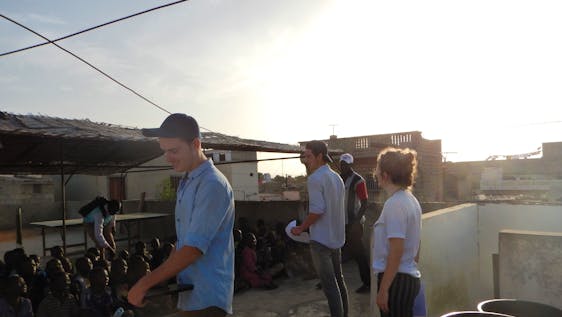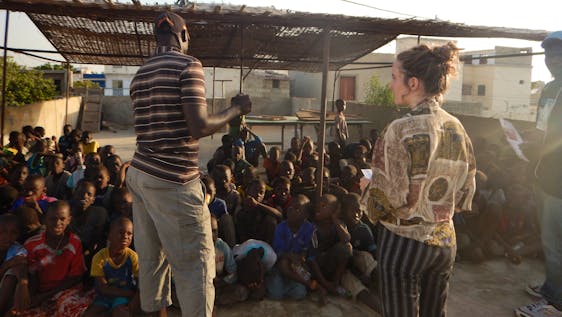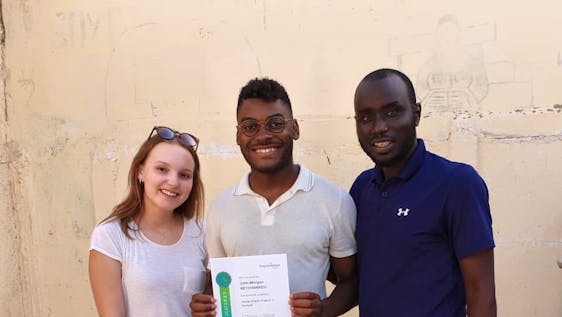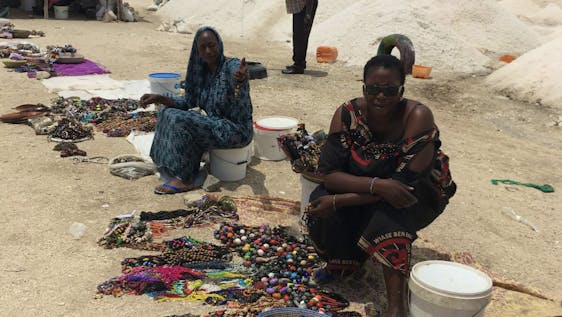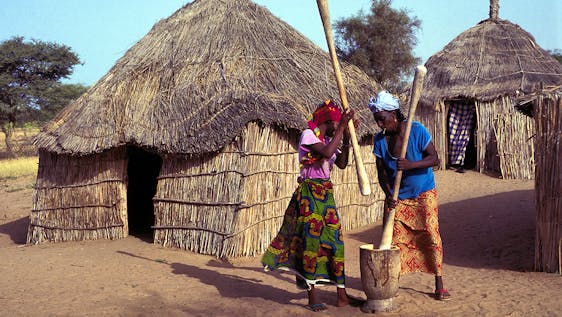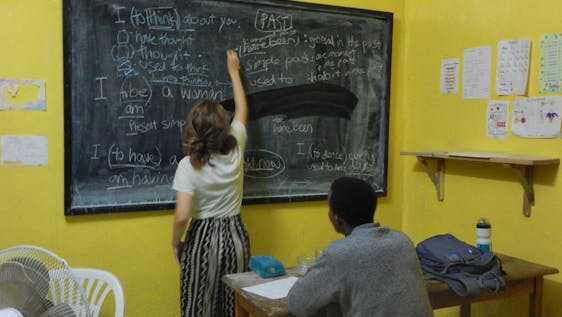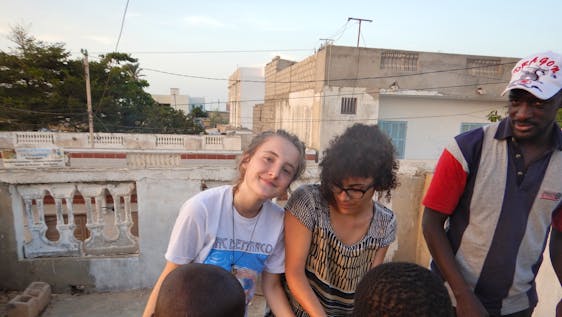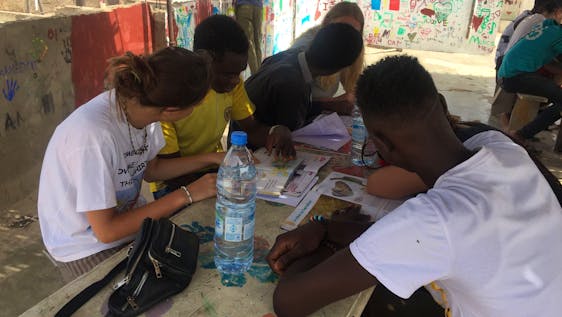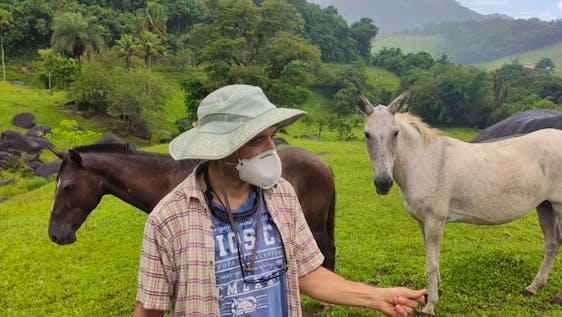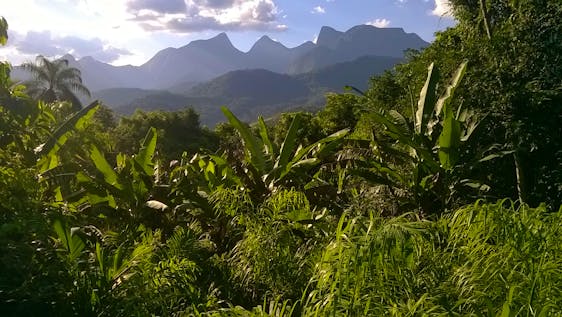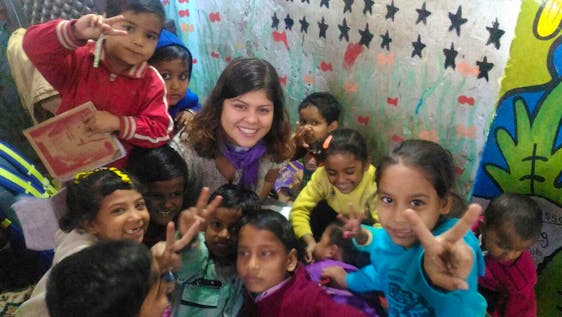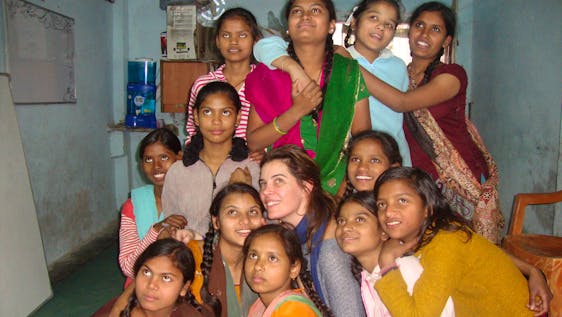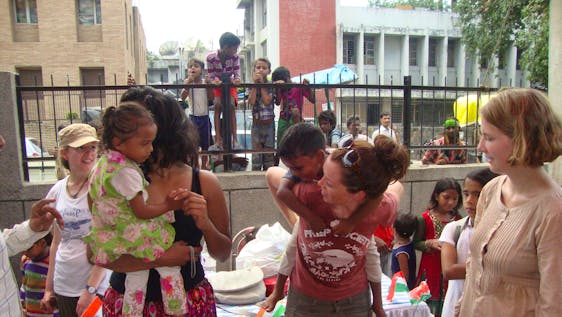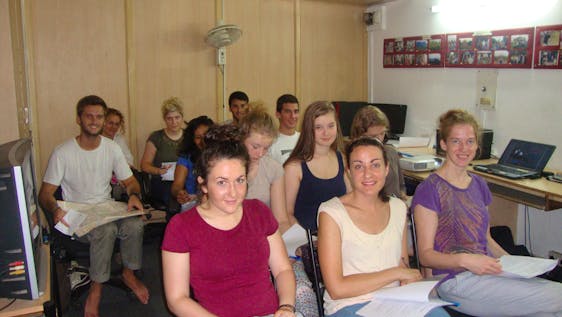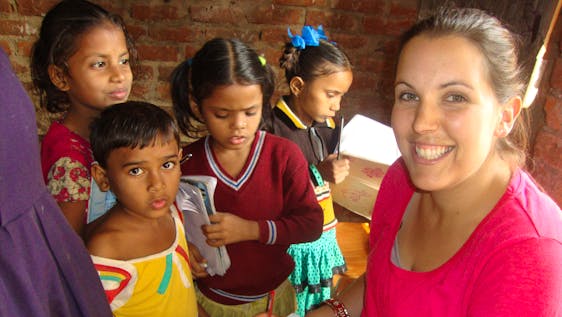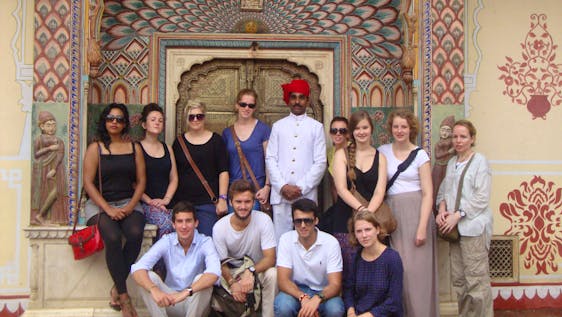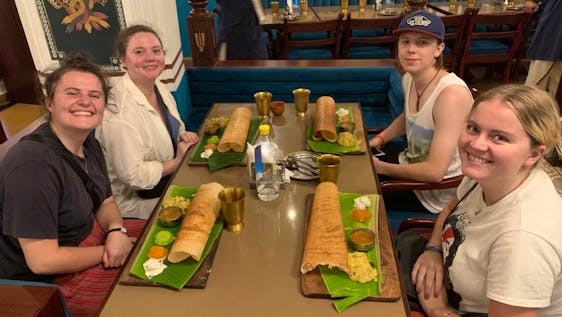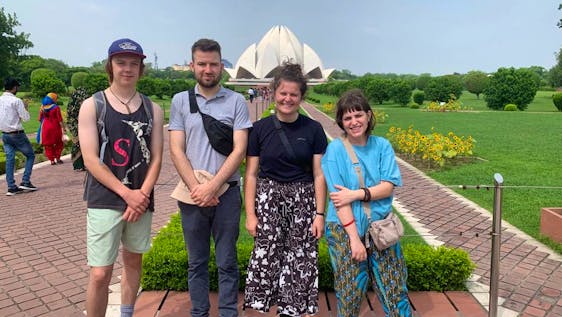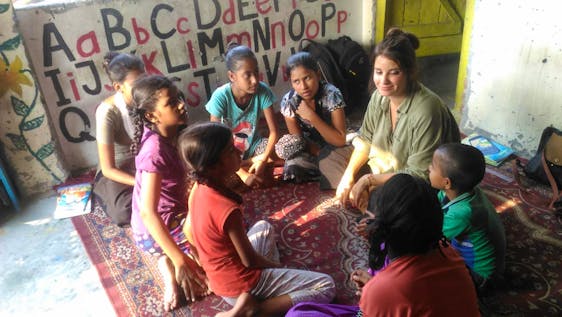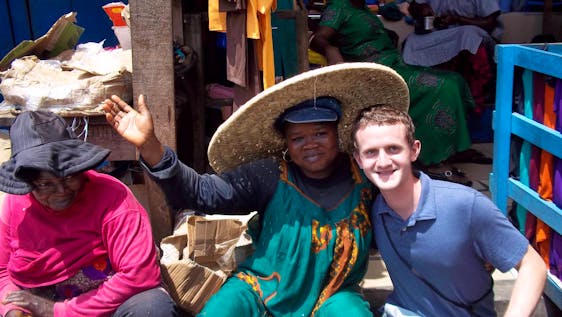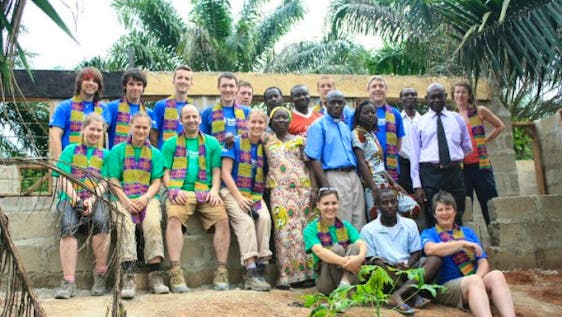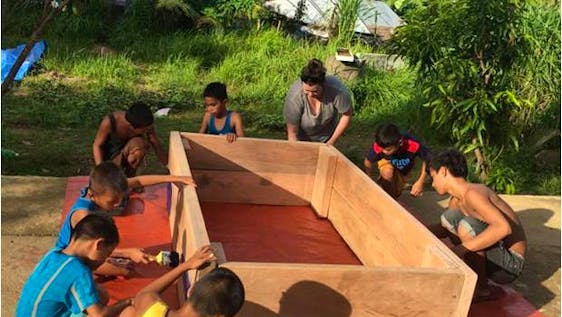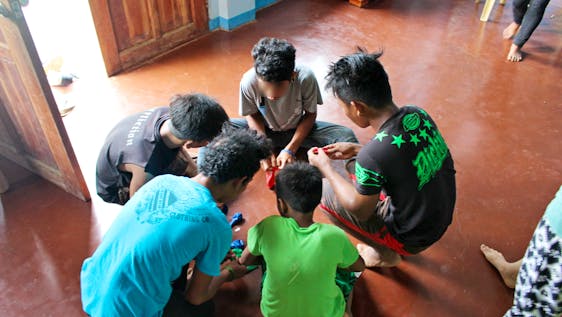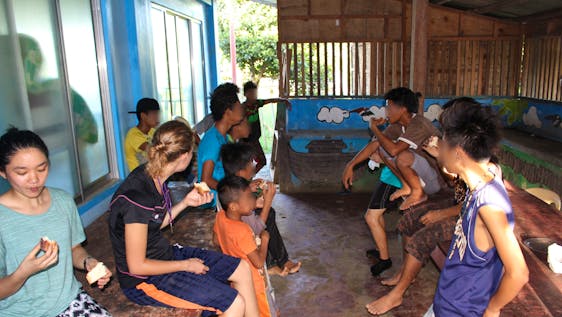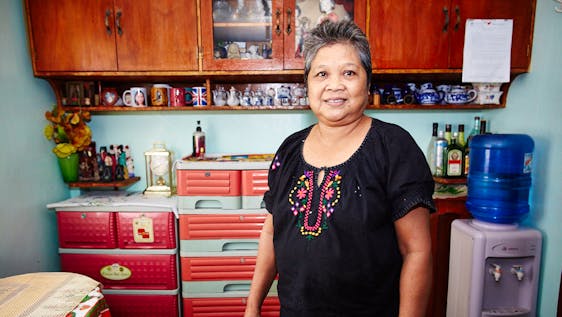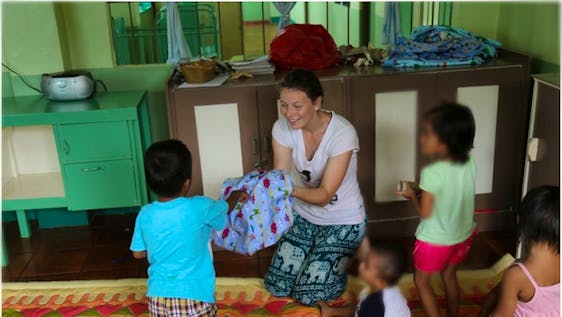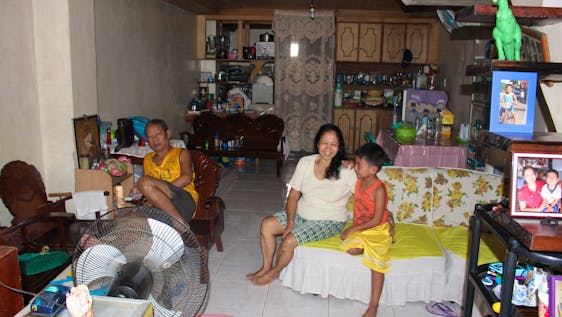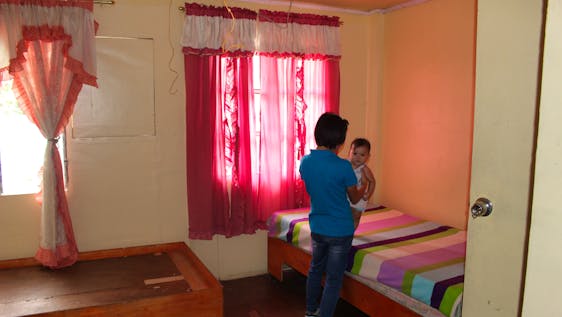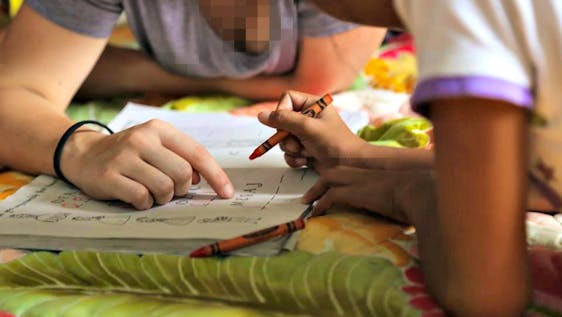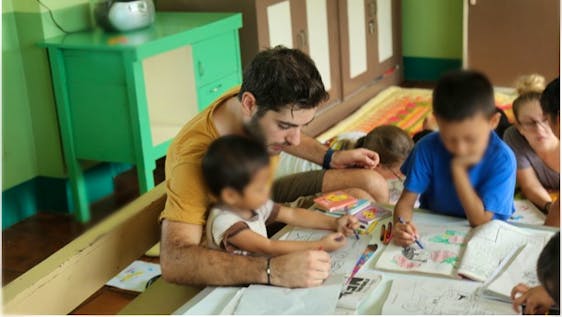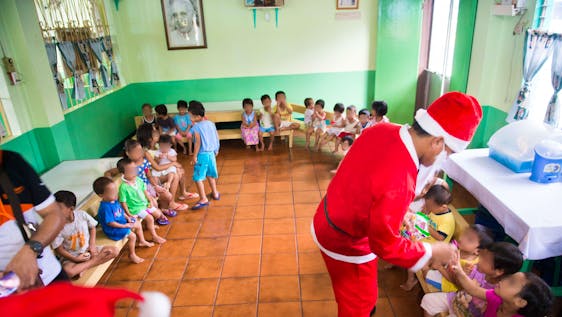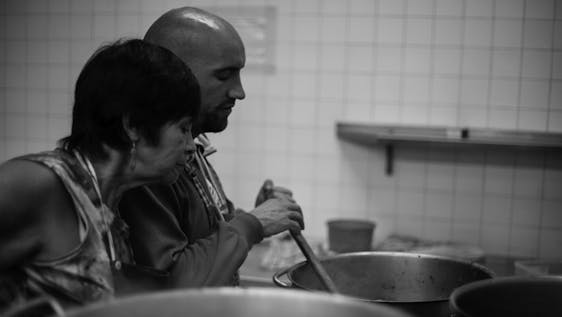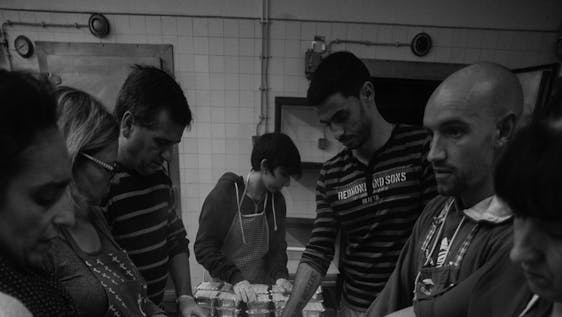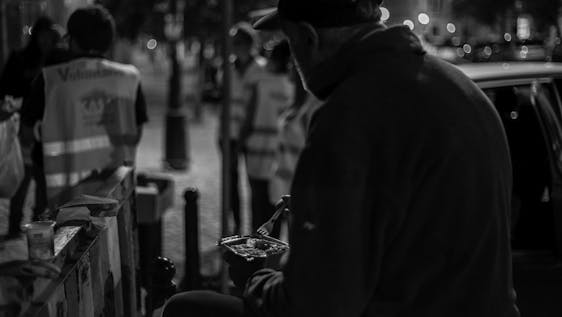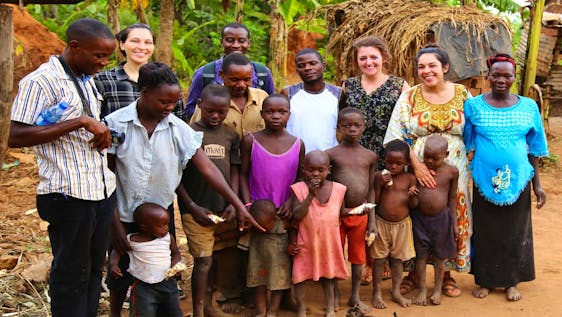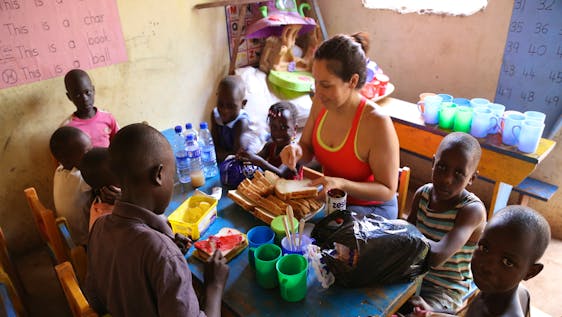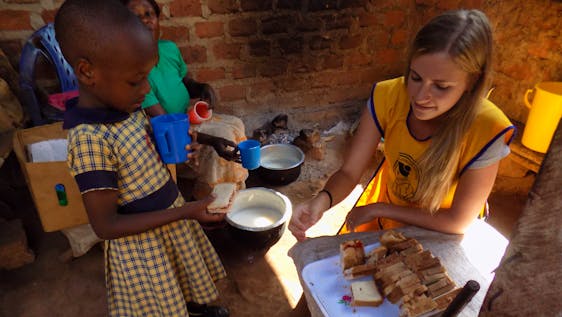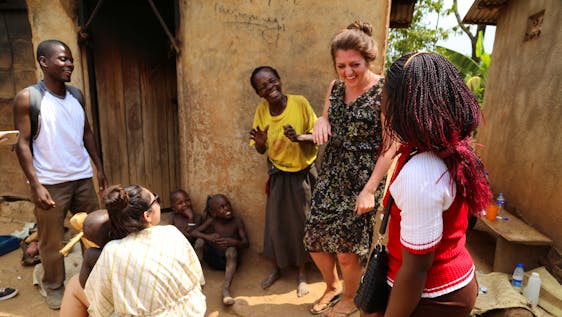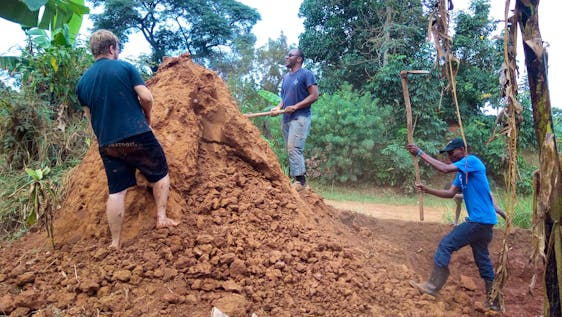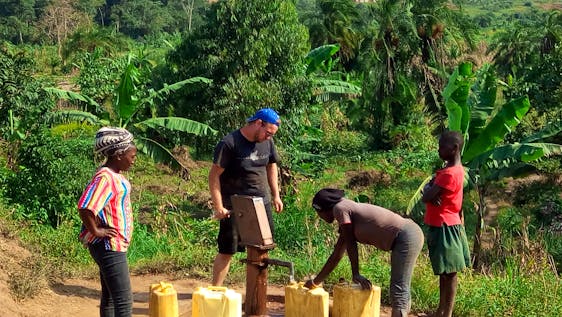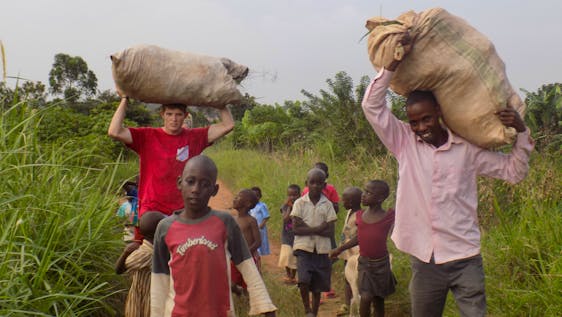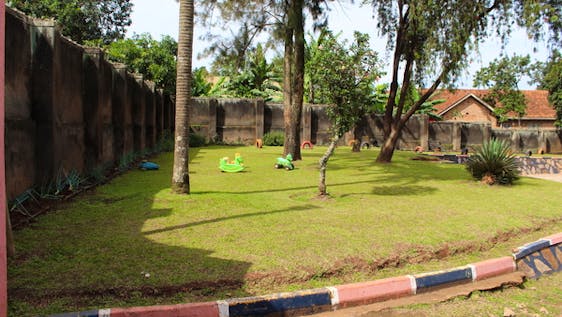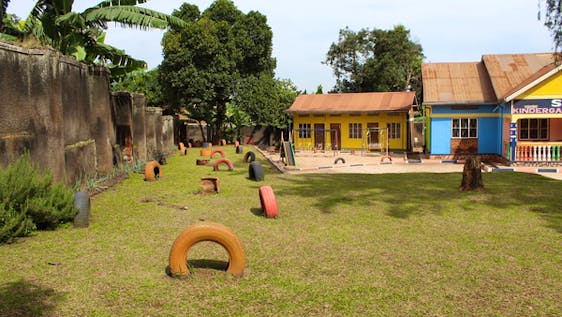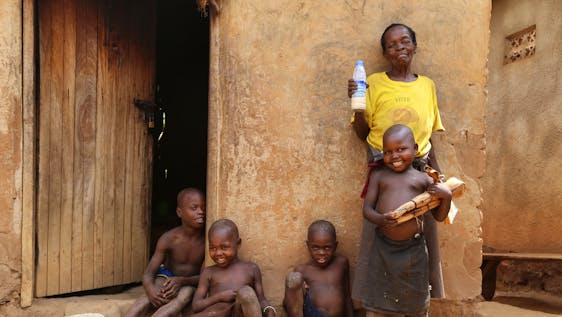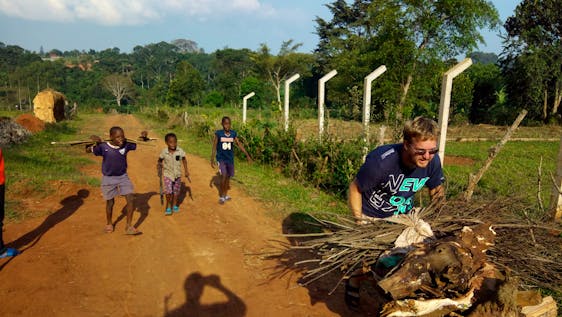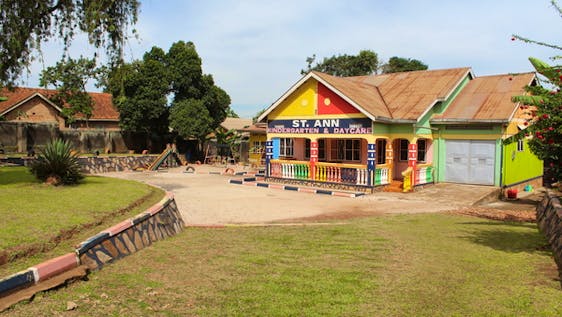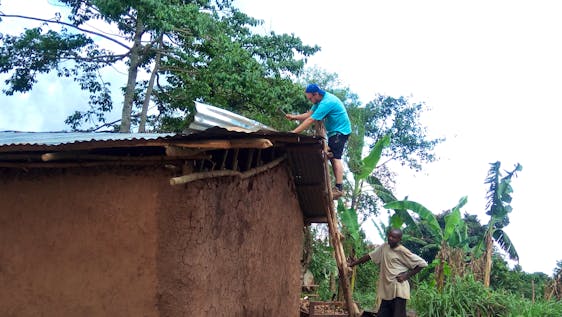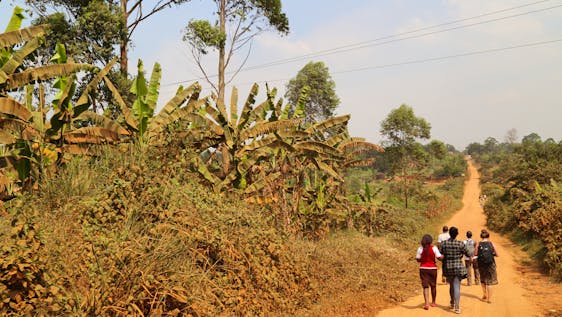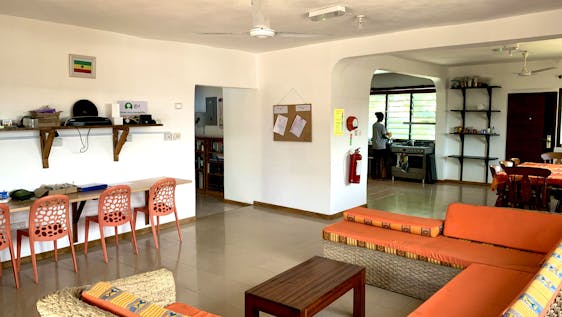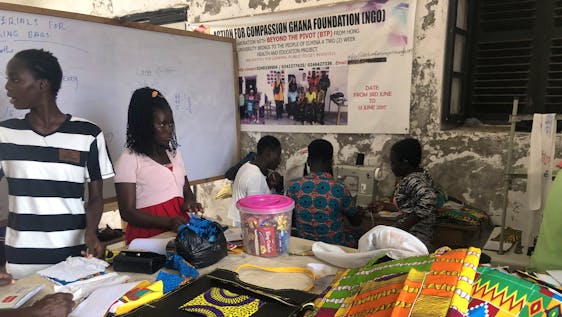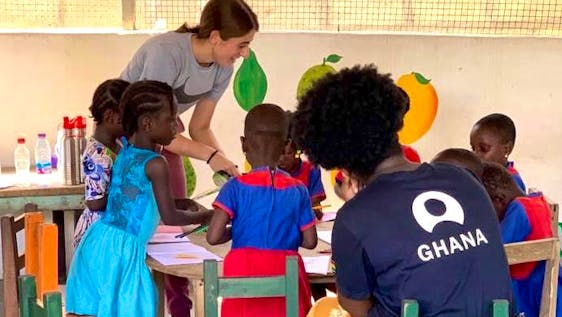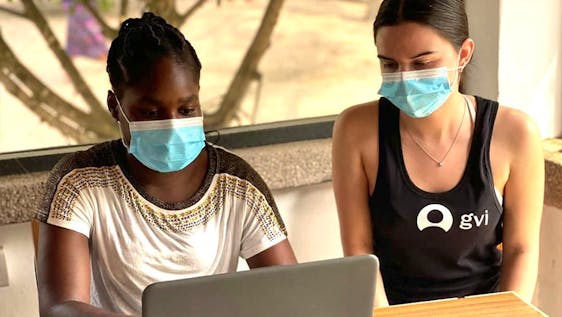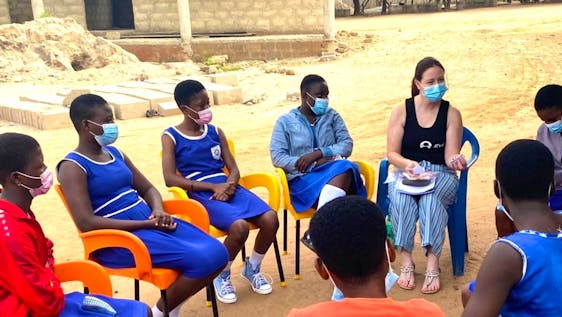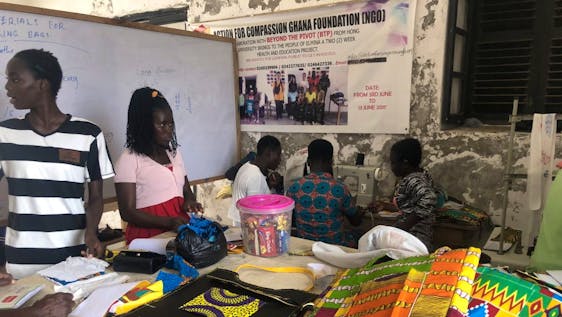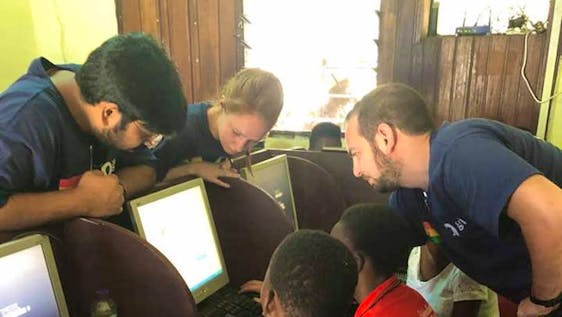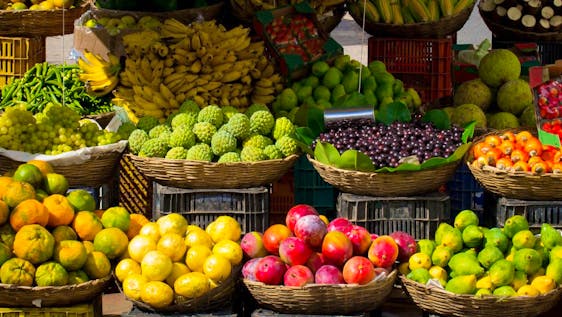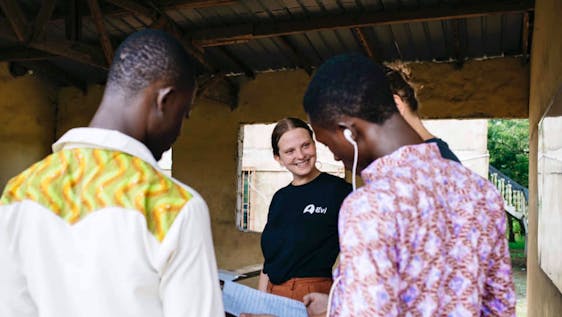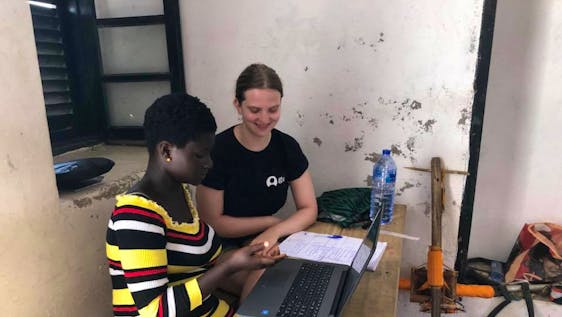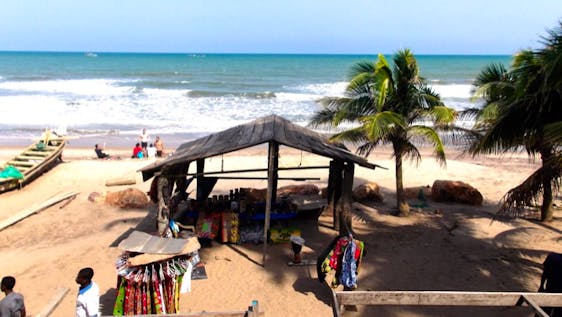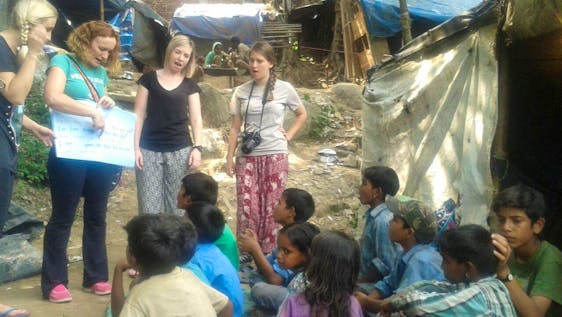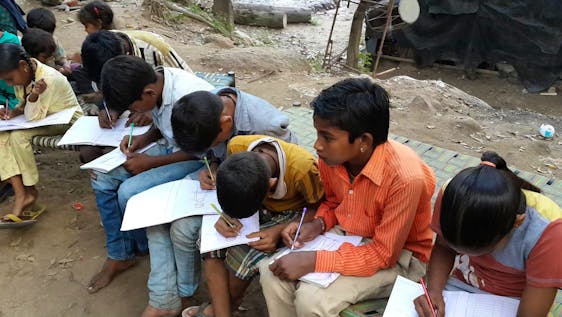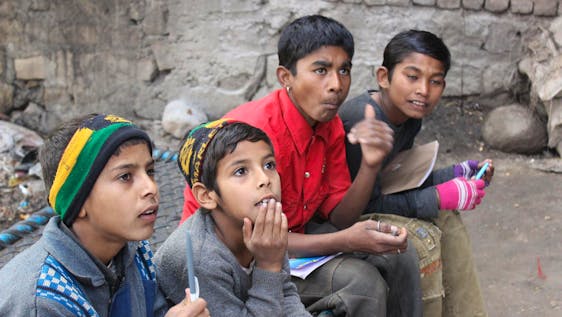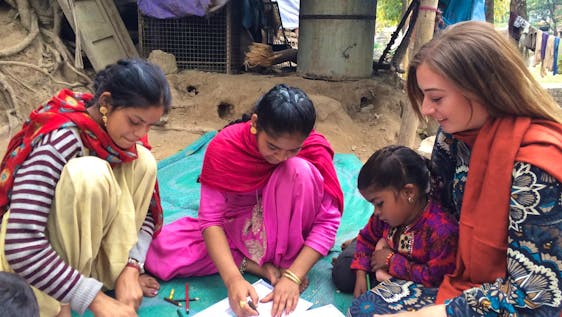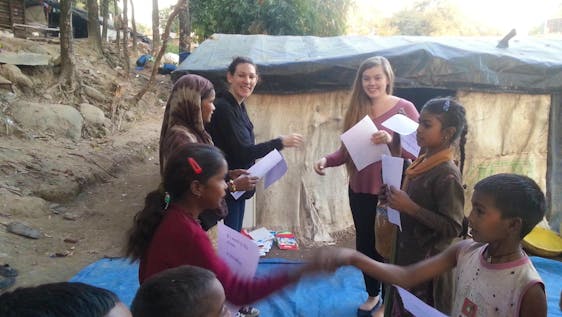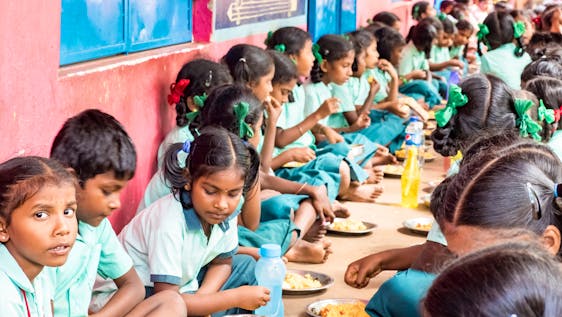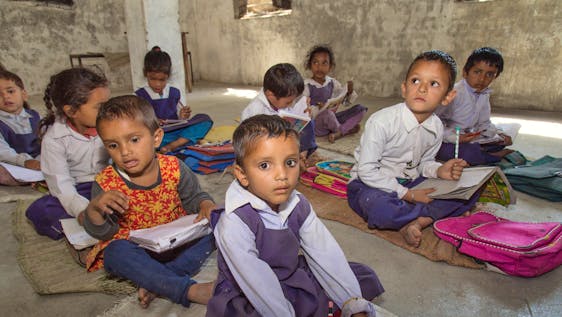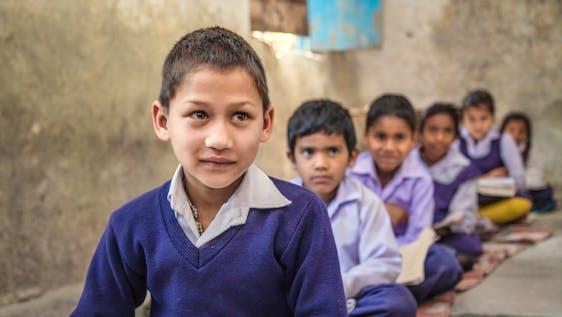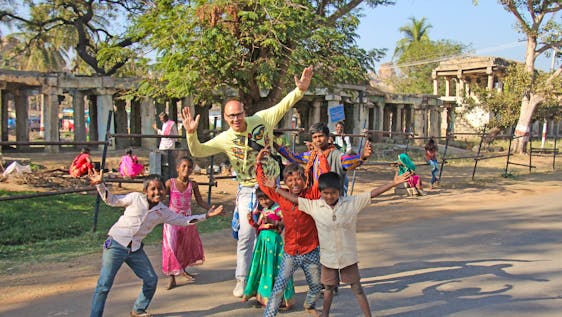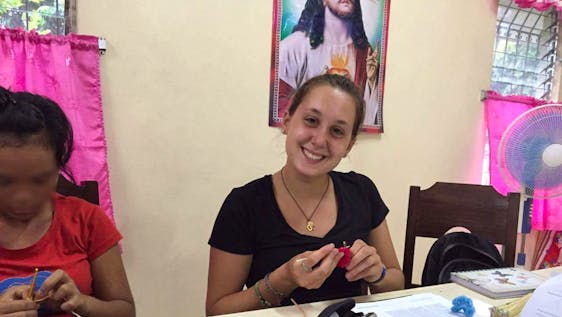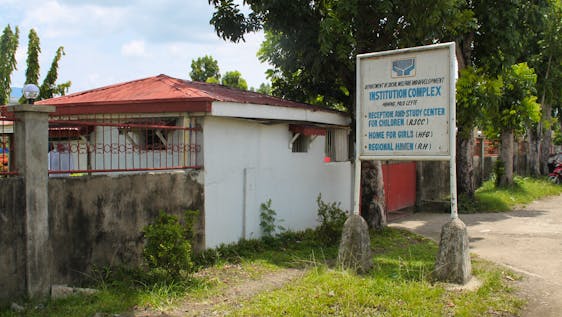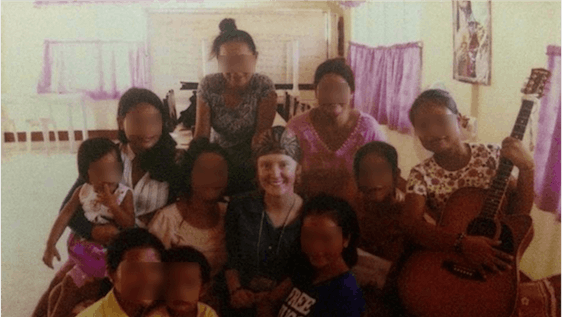Your active engagement in policy making can make a difference in addressing poverty. It ensures that your rights are promoted and that your voice is heard, that inter-generational knowledge is shared, and that innovation and critical thinking are encouraged at all ages to support transformational change in people's lives and communities.
No Poverty
No Poverty
No Poverty
Extreme poverty rate shave been cut by more than half since 1990. While this is a remarkable achievement, one in five people in developing regions still live on less than $1.25 a day, and there are millions more who make little more than this daily amount, plus many people risks lipping back into poverty.
Poverty is more than the lack of income and resources to ensure a sustainable livelihood. Its manifestations include hunger and malnutrition, limited access to education and other basic services, social discrimination and exclusion as well as the lack of participation in decision-making. Economic growth must be inclusive to provide sustainable jobs and promote equality.
What's the goal here?
So what can I do about it?
Facts & figures
- 836 million people still live in extreme poverty
- About one in five persons in developing regions lives on less than $1.25 per day
- The over whelming majority of people living on less than $1.25 a day belong to two regions: Southern Asia and sub-Saharan Africa
- High poverty rates are often found in small, fragile and conflict-affected countries
- One in four children underage five in the world has inadequate height for his or her age
- Every day in 2014, 42,000 people had to abandon their homes to seek protection due to conflict
Why should we end poverty?
More than 700 million people still live in extreme poverty and are struggling to fulfil the most basic needs like health, education, and access to water and sanitation, to name a few. That's a lot of people. Yes. The over whelming majority of people living on less than $1.90 a day live in Southern Asia and sub-Saharan Africa and they account for about 70 per cent of the global total of extremely poor people. Lower middle-income countries, including China, India, Indonesia and Nigeria, are home to about half of the global poor. However, this issue also affects developed countries. Right now there are 30 million children growing up poor in the world's richest countries.
Why is there so much poverty in the world?
Poverty has many dimensions, but its causes include unemployment, social exclusion, and high vulnerability of certain population to disasters, diseases and other phenomena which prevent them from being productive.
I'm not poor. Why should I care about other people's economic situation?
There are many reasons, but in short, because as human beings, our well being is linked to each other. Growing in equality is detrimental to economic growth and undermines social cohesion, increasing political and social tensions and, in some circumstances, driving instability and conflicts.
Can we actually achieve this goal?
Yes. To end extreme poverty worldwide in 20 years, economist Jeffrey Sachs calculated that the total cost per year would be about $175 billion. This represents less than one percent of the combined income of the richest countries in the world.
So what can I do about it?
If you are a young person
If you are a policy maker
Government scan help create an enabling environment to generate productive employment and job opportunities for the poor and the marginalized. They can formula test categories and fiscal policies that stimulate pro-poor growth,and reduce poverty.
If you work in the private sector
The private sector, as an engine of economic growth, has a major role to play in determining whether the growth it creates is inclusive and hence contributes to poverty reduction. It can promote economic opportunities for the poor, focusing on segments of the economy where most of the poor are active, namely on micro and small enterprises and those operating in the informal sector.
If you are part of the science and academic community
The academic and education community have a major role in increasing the awareness about the impact of poverty. Science provides the foundation for new and sustainable approaches, solutions and technologies to tackle the challenges of reducing poverty and achieving sustainable development. The contribution of science to end poverty has been significant. For example, it has enabled access to safe drinking water, reduced deaths caused by water-borne diseases, and improved hygiene to reduce health risks related to unsafe drinking water and lack of sanitation.
Where are volunteer projects that need my help?
Discover related Sustainable Development Goals
The Sustainable Development Goals aim to end poverty, protect the planet, and ensure prosperity for all. As such, the 17 SDGs and its associated 169 targets do not stand alone, but are are interconnected. The key to success on one will involve tackling issues more commonly associated with another. If you are interested in supporting a cause addressing to the goal {sdg.name}, you might also be interested in the related goals Gender Equality, Reduced Inequalities, Responsible Consumption And Production and Peace, Justice And Strong Institutions.
Please visit the website of the United Nations to find out more about Goal 01 No Poverty and other Sustainable Development Goals.
Source: United Nations

 Activities
Activities
 Africa
Africa
 Western Africa
Western Africa
 NGO Support
NGO Support
 Business Development
Business Development
 Senegal
Senegal
 Vegan
Vegan
 Americas
Americas
 Environment
Environment
 Brazil
Brazil
 Ecological Farming
Ecological Farming
 Agriculture
Agriculture
 South America
South America
 Community
Community
 Hotspots
Hotspots
 Asia
Asia
 Southern Asia
Southern Asia
 India
India
 Delhi
Delhi
 Childcare
Childcare
 Ghana
Ghana
 Kumasi
Kumasi
 Social Work
Social Work
 Families with small kids
Families with small kids
 South East Asia
South East Asia
 Philippines
Philippines
 Orphanage
Orphanage
 Europe
Europe
 Lisbon
Lisbon
 Southern Europe
Southern Europe
 Portugal
Portugal
 Women Empowerment
Women Empowerment
 Uganda
Uganda
 Eastern Africa
Eastern Africa
 Intern Abroad
Intern Abroad
 Human Rights
Human Rights
 Yoga
Yoga

